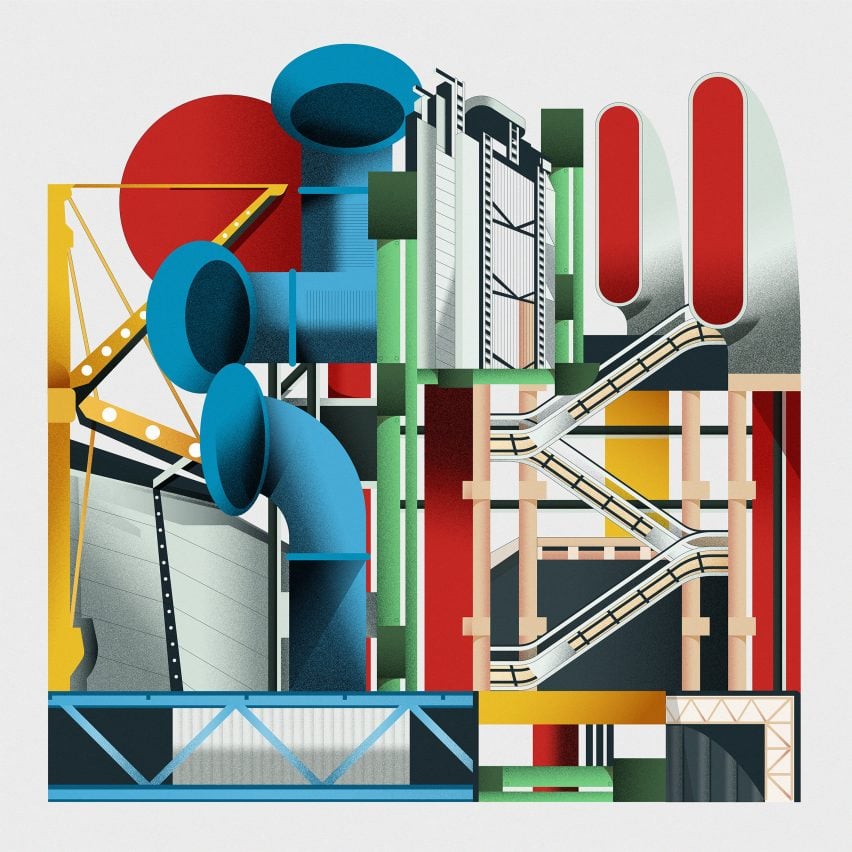Dezeen's guide to high-tech architecture

High-tech was the last major architecture style of the 20th century. This overview by Owen Hopkins kicks off our series exploring the high-tech movement.
In 1971, a press conference was held at the Ãlysée Palace to announce the winners of the competition to design a new multidisciplinary arts centre on Paris' vacant Plateau Beaubourg.
On one side stood the immaculately besuited figure of President Georges Pompidou, on the other were the architects: long-haired and dressed rather more casually in tweeds, denim and tie-dye. One of their number even had a beard.
The Pompidou embodies the ideals of high-tech architecture. Photo courtesy of Rogers Stirk Harbour + Partners (RSHP) The winning scheme being presented by the architects, Renzo Piano and Richard Rogers, then both in their thirties, was even more radical than their appearance. Their design envisioned a vast steel frame, adorned on the outside by lifts, escalators and ventilation ducts, leaving the interior spaces completely open and adaptable.
Piano and Rogers' proposal had beaten 680 other competition entries, but even more remarkably it was actually built, going on to become one of the great buildings of the final decades of the 20th century and embody many of the ideals of high-tech architecture.
...
| -------------------------------- |
| Volkswagen launches prototype for "Flying Tiger" electric flying car |
|
|
Villa M by Pierattelli Architetture Modernizes 1950s Florence Estate
31-10-2024 07:22 - (
Architecture )
Kent Avenue Penthouse Merges Industrial and Minimalist Styles
31-10-2024 07:22 - (
Architecture )






